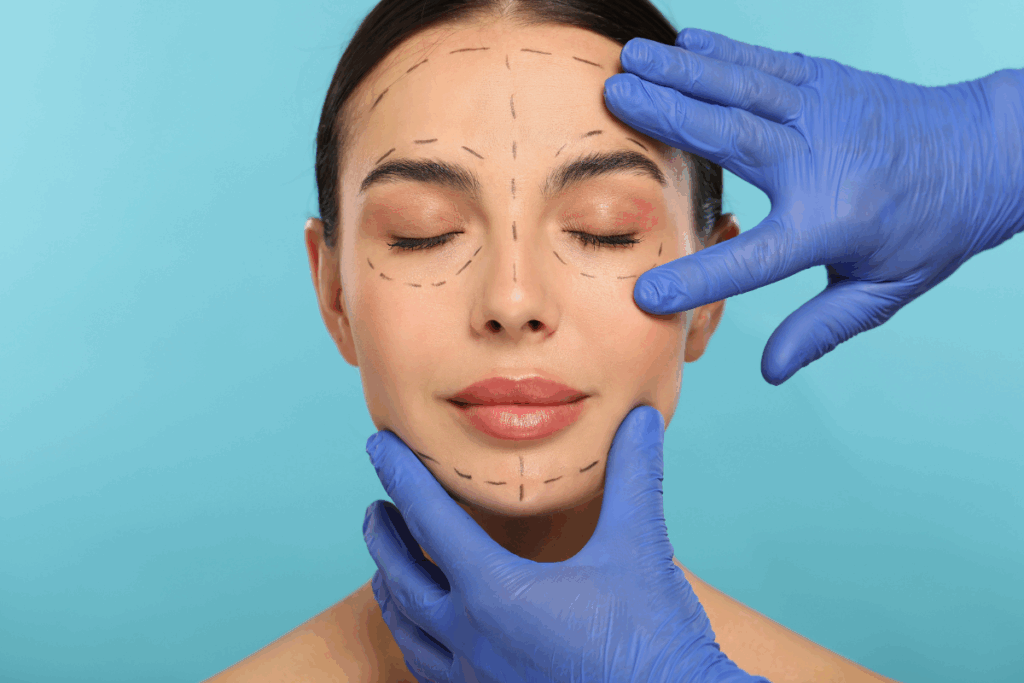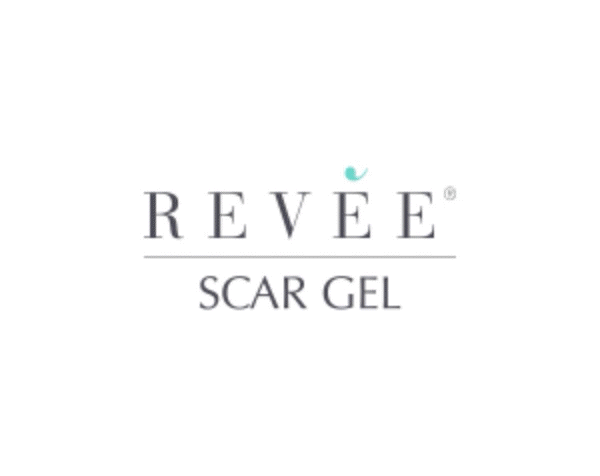Medical doctors and Surgeons
Facial Feminization: surgery, identity, and ethical boundaries
«Facial cosmetic surgery isn’t just about beauty—it can offer a real response to deep identity-related distress». With these words, Dr. Emanuele Zavattero, a maxillofacial surgeon based in Turin, sums up the significance of a rapidly evolving field in surgery: facial feminisation, which comprises a series of procedures designed to harmonise facial features to align more closely with traditionally feminine aesthetics.
In his practice, Dr. Zavattero routinely performs procedures in the fields of orthognathic surgery and facial trauma, using 3D technologies to plan operations with greater precision and safety. Facial feminisation, he explains, has more recently entered the realm of maxillofacial surgery, thanks to technological advancements: «Today, we can intervene directly on the facial bone structure—reshaping the jaw, cheekbones, and forehead protrusions—with increasingly predictable results».
The face is typically divided into three sections: the lower, middle, and upper thirds. «In the lower third – Zavattero explains – the most common procedure is jaw reshaping. In the middle third, it’s rhinoplasty and cheekbone augmentation, while in the upper third, we focus on the forehead area».
Beyond transition: new questions and new models

While these procedures were once almost exclusively associated with gender transition, the landscape is changing. More and more cisgender women (editor’s note: a person whose gender identity corresponds to the sex assigned at birth) are now requesting surgery to accentuate their feminine features, and there is also growing interest in gender-neutral aesthetics—sought by individuals who prefer less defined, neither distinctly masculine nor feminine traits.
Still, at the heart of it all remains the deep connection between facial appearance and gender identity. «Aesthetic appearance is closely linked to self-esteem and psychological well-being. Often, a mismatch between perceived gender and outward appearance can cause significant distress. Surgery can help ease that dissonance», the surgeon notes.
This topic inevitably raises ethical concerns. According to Zavattero, managing expectations is key. «Our job – he says – is to guide patients with honesty, only promising achievable results and protecting them from procedures that are overly invasive or risky. I believe in an ethic of honesty: being transparent, always».
Feminization at the patient’s expense
Despite its critical importance for many undergoing gender transition, facial feminisation surgery is not covered by Italy’s National Health Service. «These are complex, technologically advanced procedures, and patients often bear the full cost. This creates a significant social disparity», Zavattero adds, highlighting how, even though cosmetic surgery can profoundly impact well-being, it remains largely excluded from public healthcare pathways.

Finally, a look toward the future. There is no standard age for these procedures: «We treat patients of all ages, from their twenties to those approaching sixty. But it’s likely we’ll see younger patients in coming years, thanks to increased awareness and accessibility».
It’s a complex issue that goes far beyond aesthetics, raising questions of identity, culture, society, and healthcare. It’s a field in flux, one that requires sensitivity, expertise, and a capacity to listen.Zavattero concludes: «In a field considered “aesthetic”, but which in truth goes well beyond mere appearance, it’s essential that we remind ourselves, our patients, and our colleagues of the importance of an ethic grounded in honesty. We must only propose procedures with achievable outcomes—without deception, and without leading patients down paths that are too risky or invasive».







































